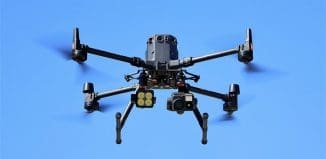Responding to Crime – As It Happens
This post is also available in:  עברית (Hebrew)
עברית (Hebrew)
Communities most affected by gunfire are least likely to call it in. With fewer than 1 in 5 shooting incidents reported to the authorities, gun crime is vastly underreported, according to shotspotter.com. When 911 calls are made, unfortunately, the information provided is typically inaccurate. Without knowing exactly where to respond, police waste valuable time and resources driving block by block looking for evidence as criminals escape the scene. Dispatching officers to an active shooting without all available intelligence is a threat to officer safety and needlessly places the public at risk.
ShotSpotter’s gunfire data technology aims to provide intelligent analysis. With that subscription service, law enforcement would be able to shift from reactive methodology to a more active approach.
ShotSpotter instantly notifies officers of gunshot crimes in progress with real-time data delivered to dispatch centers, patrol cars, and even smartphones. This affordable, subscription-based service enhances officer safety and effectiveness.
The development has been called “a force multiplier” because it provides critical information for better, more timely resource allocation, an especially important resource as agencies are being asked to do more with less.
Among the innovations and advantages, the technology presents are real-time access to maps of shooting locations and gunshot audio, actionable intelligence detailing the number of shooters and the number of shots fired, pinpointing precise locations for first responders aiding victims, searching for evidence and interviewing witnesses.
The ShotSpotter developer, SST, claims that it supplies a wide-area protection, designed for civilian and critical infrastructure applications. The system includes multiple, collaborating sensors that calculate the geolocation of an attack. It is able to detect attacks from any direction and weapons fired in 360 degrees relative to the sensor. The system delivers real-time, actionable information and creates a database of incidents and trends, according to SST website.






























